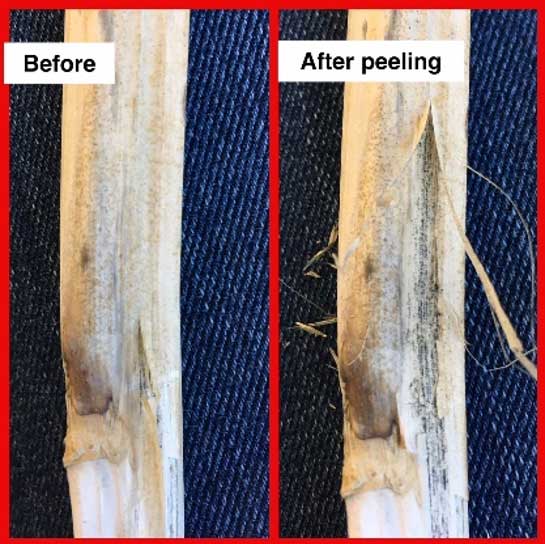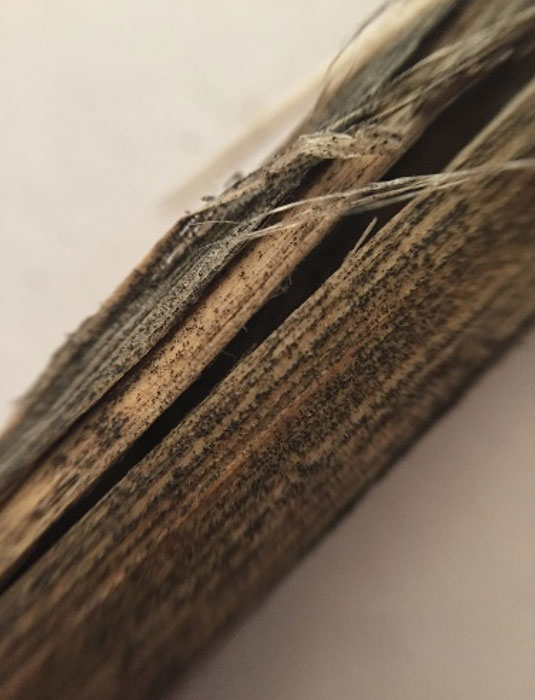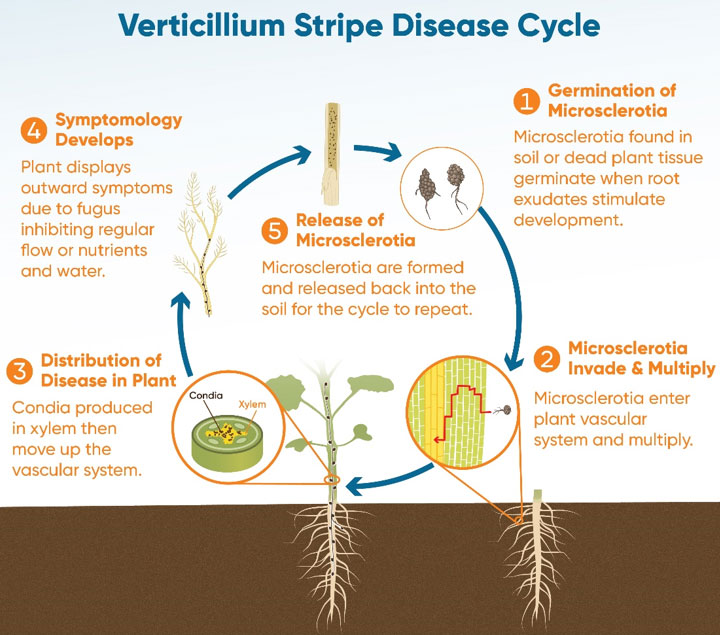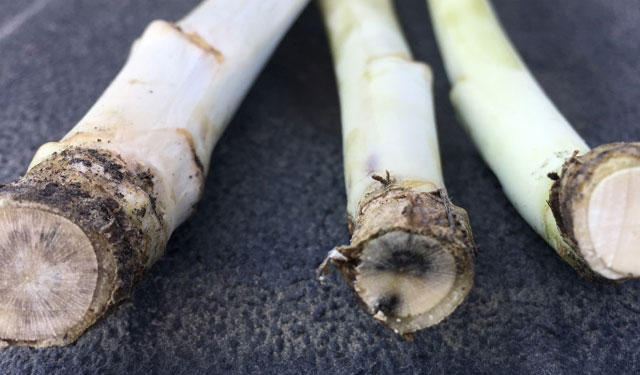Pioneer® brand canola hybrids are bred to give you a competitive advantage by consistently delivering outstanding disease resistance for top-end performance. Find the right hybrid for your acres.
Find CanolaVerticillium Stripe of Canola
Written by Kristie Sundeen



